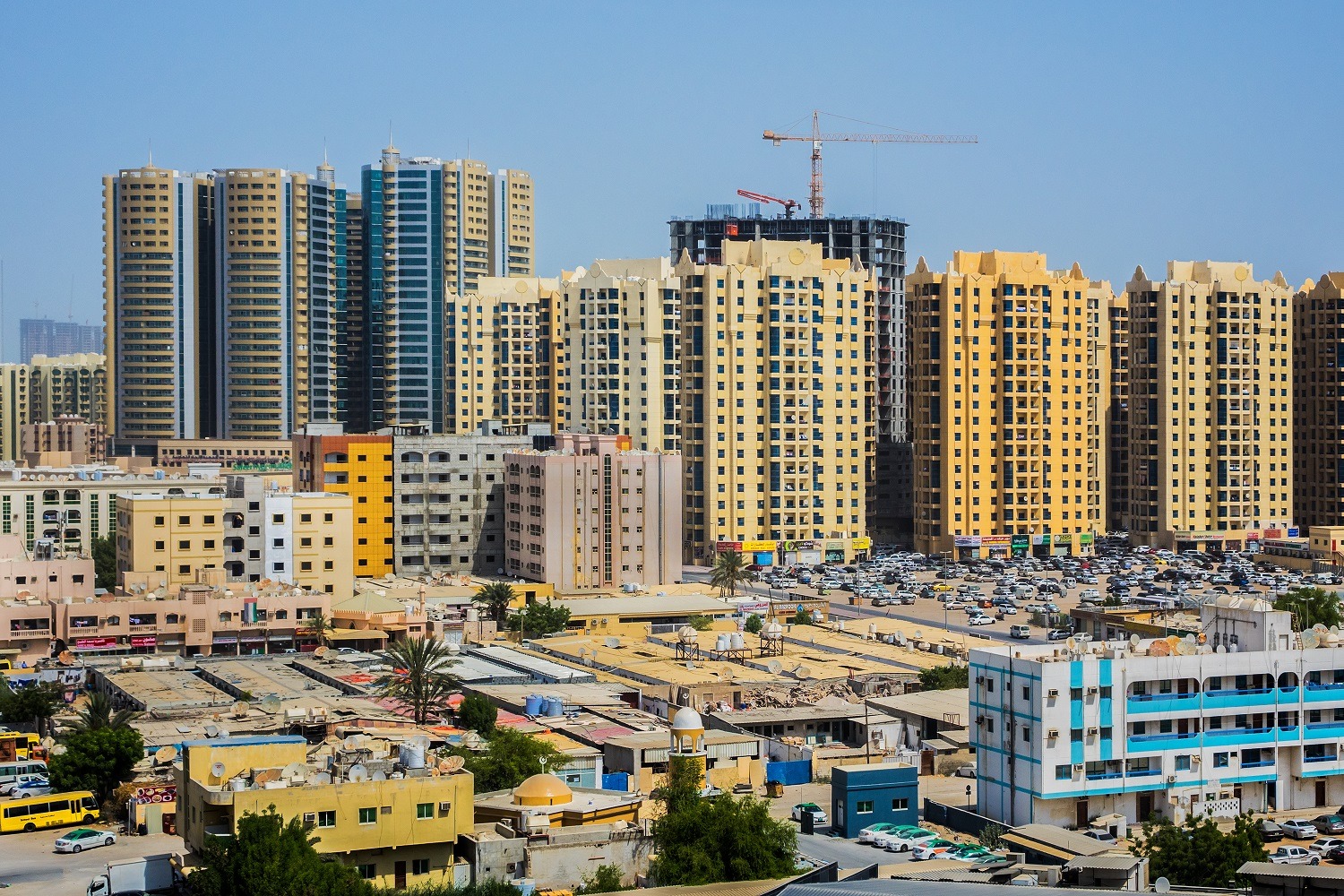Palm oil, a versatile and ubiquitous commodity, holds a significant position in global trade, serving as an essential ingredient in a wide array of products from food to cosmetics and biofuels.
However, beyond its economic importance, the pricing of palm oil is intricately linked with geopolitical dynamics, shaped by trade policies, international relations, and environmental considerations. Understanding the role of geopolitics in palm oil pricing requires an examination of various factors that influence its production, trade, and consumption on the global stage.
Historical Context
The history of palm oil is intertwined with colonial legacies, with Southeast Asia, particularly Malaysia and Indonesia, emerging as the dominant producers in the contemporary global market. Colonial-era plantations laid the groundwork for the industry’s expansion, with Malaysia and Indonesia currently accounting for over 80% of global palm oil production. This historical backdrop underscores the geopolitical significance of palm oil-producing nations in shaping market dynamics and pricing.
Trade Policies and Tariffs
Trade policies, including tariffs and trade agreements, play a pivotal role in determining palm oil pricing. Protectionist measures, such as tariffs imposed by importing countries, can impact the competitiveness of palm oil in the global market. For instance, the European Union’s Renewable Energy Directive and its criteria for sustainable palm oil have led to discussions on tariffs and restrictions, affecting market access for palm oil-producing nations. Similarly, trade tensions between major palm oil producers and importers, such as the United States and China, can influence pricing dynamics through retaliatory measures and negotiations.
Environmental Concerns and Sustainability
The geopolitics of palm oil pricing are further complicated by environmental concerns, particularly deforestation and biodiversity loss. Palm oil production has been associated with widespread deforestation, especially in ecologically sensitive regions like the Amazon rainforest and Southeast Asian peatlands. Environmental advocacy groups and policymakers have pressured importing countries to adopt sustainability standards and certification schemes, impacting market demand and pricing. The geopolitical ramifications of sustainability initiatives highlight the intersection between environmental governance and trade relations in the palm oil industry.
International Relations and Market Dynamics
Beyond trade policies and environmental considerations, palm oil pricing is influenced by broader geopolitical dynamics and international relations. Diplomatic relations between palm oil-producing nations and major importers shape market access, investment flows, and geopolitical alliances. For instance, Malaysia and Indonesia have leveraged diplomatic channels to strengthen trade ties with key importers while navigating geopolitical rivalries in the Asia-Pacific region. Geopolitical events, such as geopolitical tensions in the South China Sea or shifts in global energy markets, can also impact palm oil pricing by affecting investor sentiment and trade flows.
Future Perspectives
The nexus between geopolitics and palm oil pricing is likely to remain complex and multifaceted in the coming years. As global demand for palm oil continues to grow, driven by population growth and rising incomes in emerging economies, geopolitical dynamics will play an increasingly significant role in shaping market dynamics and pricing. Sustainable development goals, climate change mitigation efforts, and evolving trade relations will further influence the trajectory of the palm oil industry on the global stage. Navigating these challenges will require collaborative efforts among stakeholders, including governments, industry players, and civil society, to promote sustainable palm oil production and trade practices.
How to Check Live Palm Oil Price
To check live palm oil prices, you can use various online platforms that provide commodity market data. Here’s how you can do it:
- Commodity Exchanges Websites: Many commodity exchanges provide live prices for palm oil futures contracts. For example, you can check the Bursa Malaysia Derivatives (BMD) website for palm oil futures prices.
- Financial News Websites: Financial news websites often offer live updates on commodity prices, including palm oil. Websites like Bloomberg, CNBC, Reuters, or investing.com provide real-time or delayed prices.
- Commodity Price Tracking Apps: There are several smartphone apps available that track commodity prices in real-time. Apps like Investing.com, Commodity Price, or MarketWatch often include palm oil prices among their tracked commodities.
- Specialized Commodity Price Websites: Websites dedicated to commodity trading and agriculture may offer live palm oil prices. Websites like palmoilanalytics.com might provide real-time updates.
- Subscription Services: Some financial data providers offer subscription services that provide comprehensive data on commodity prices, including palm oil. These services often offer more detailed analysis and historical data as well.
Conclusion
The interplay between geopolitics and palm oil pricing underscores the intricate web of economic, environmental, and diplomatic factors shaping the global palm oil industry. Trade policies, environmental concerns, and international relations converge to influence market dynamics and pricing, highlighting the need for a holistic approach to address the complex challenges facing the palm oil sector. By understanding the role of geopolitics in palm oil pricing, stakeholders can work towards fostering sustainable development, ensuring equitable trade relations, and mitigating the environmental impact of palm oil production on a global scale.











